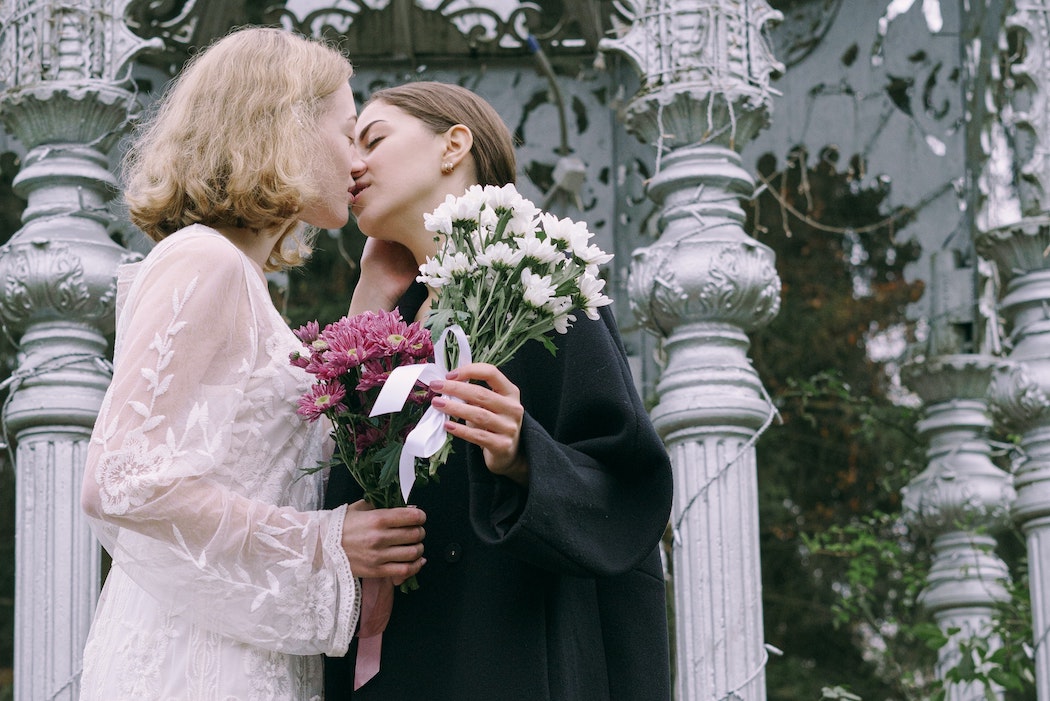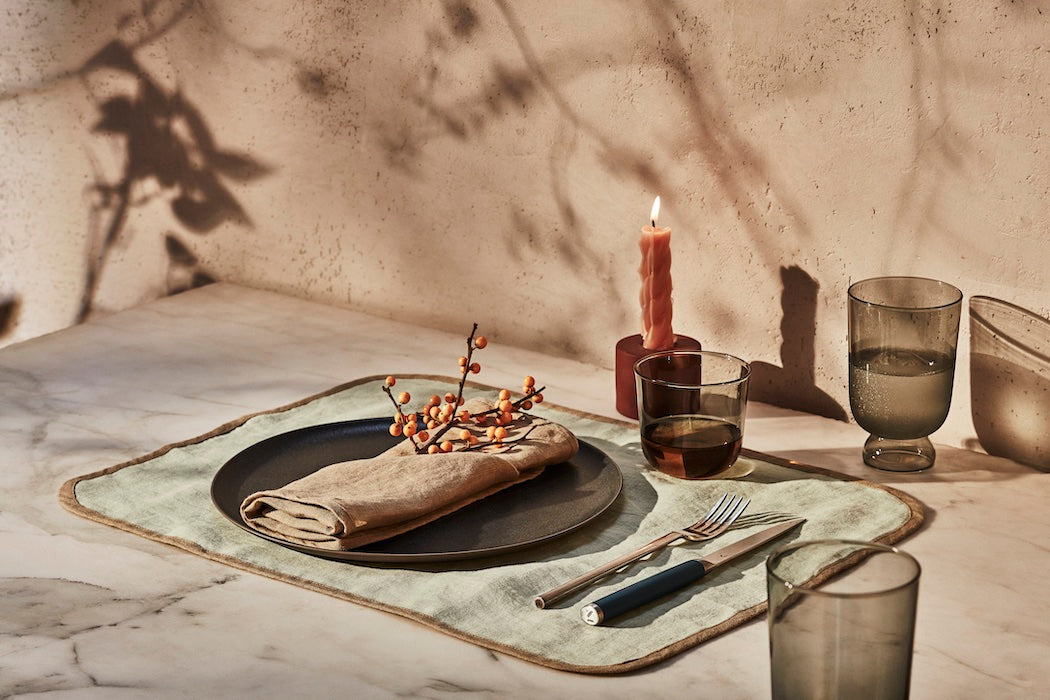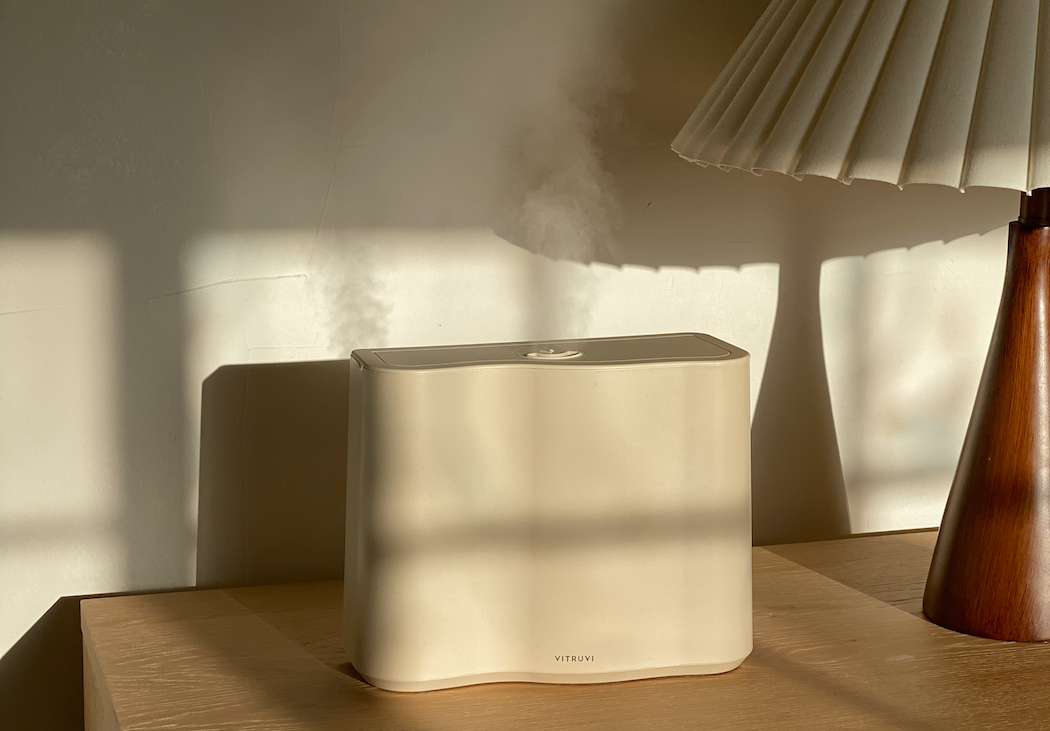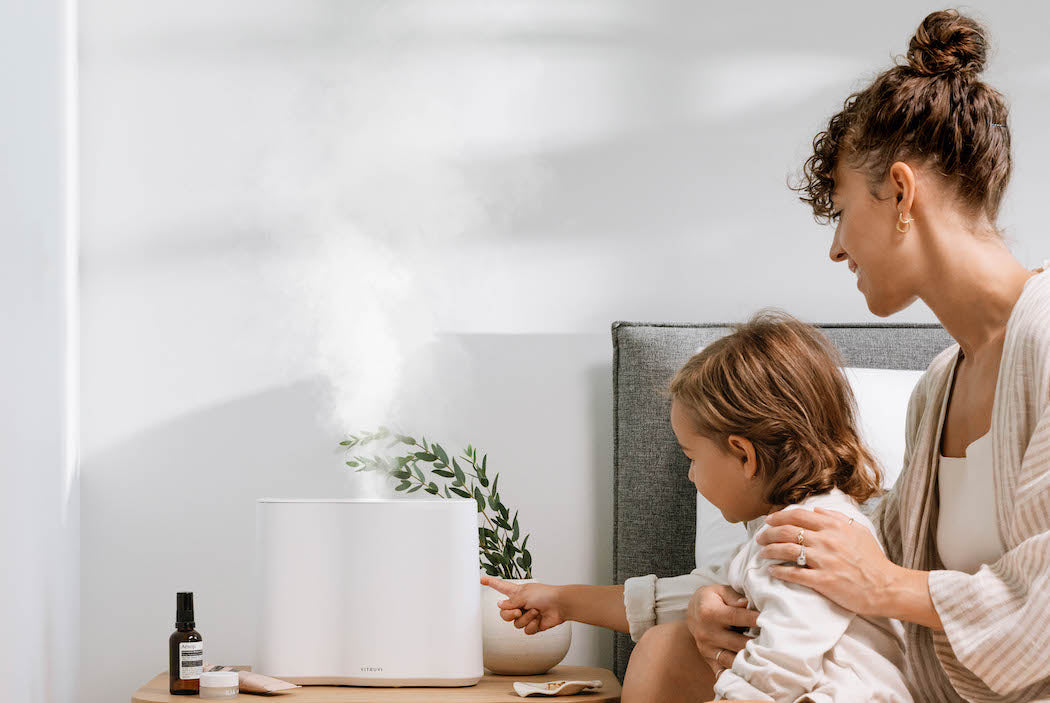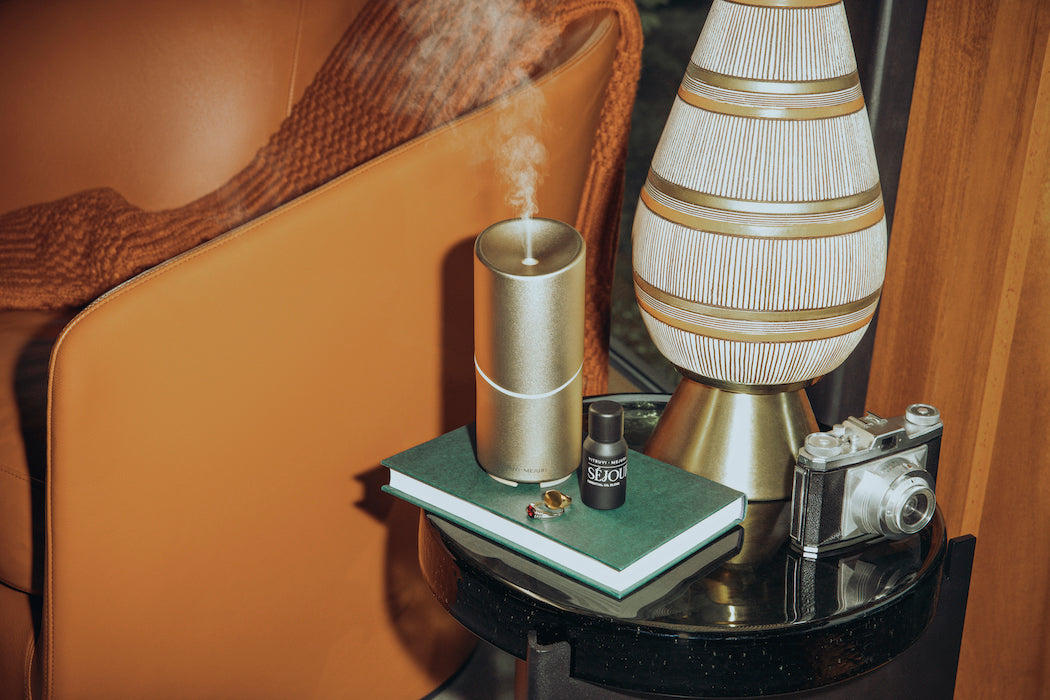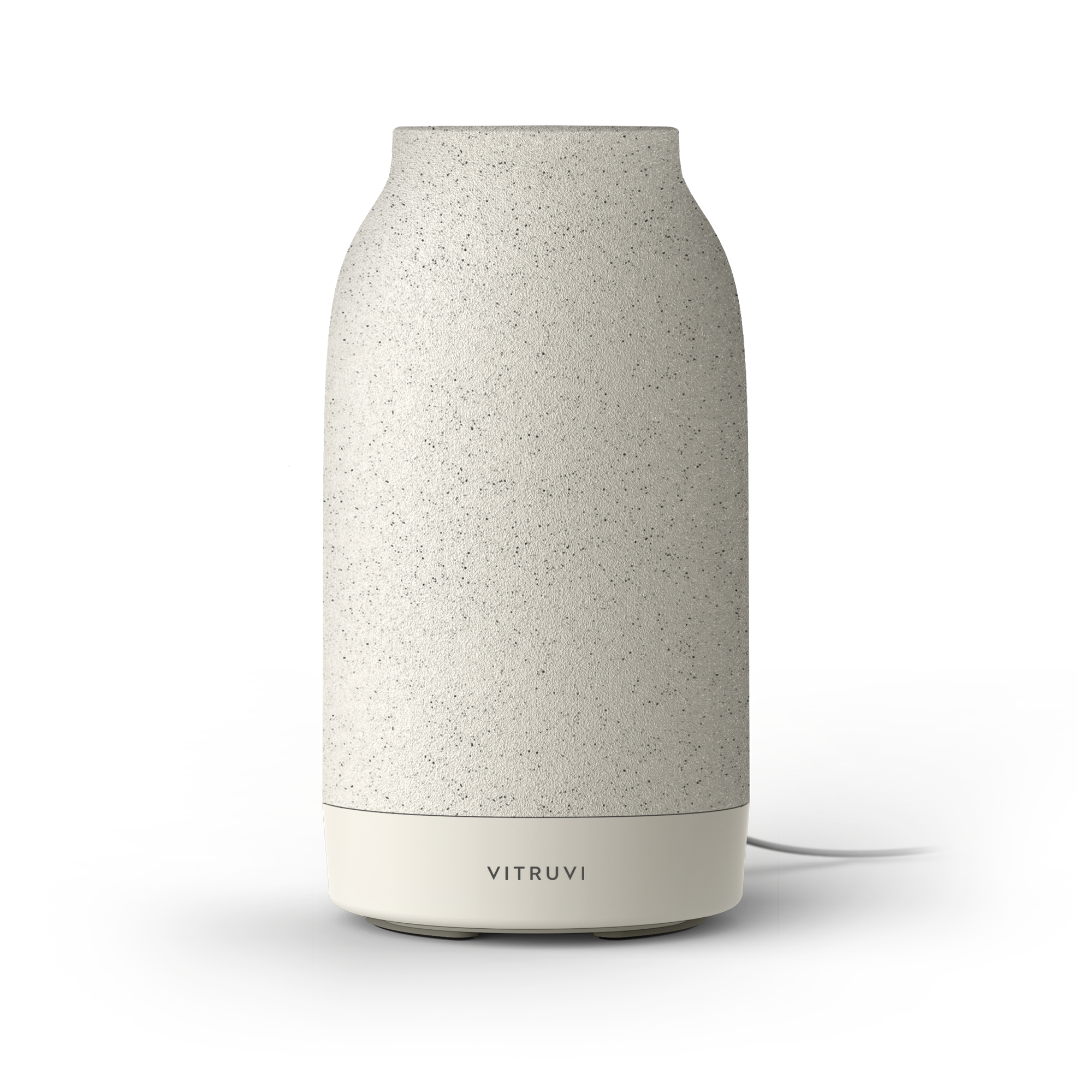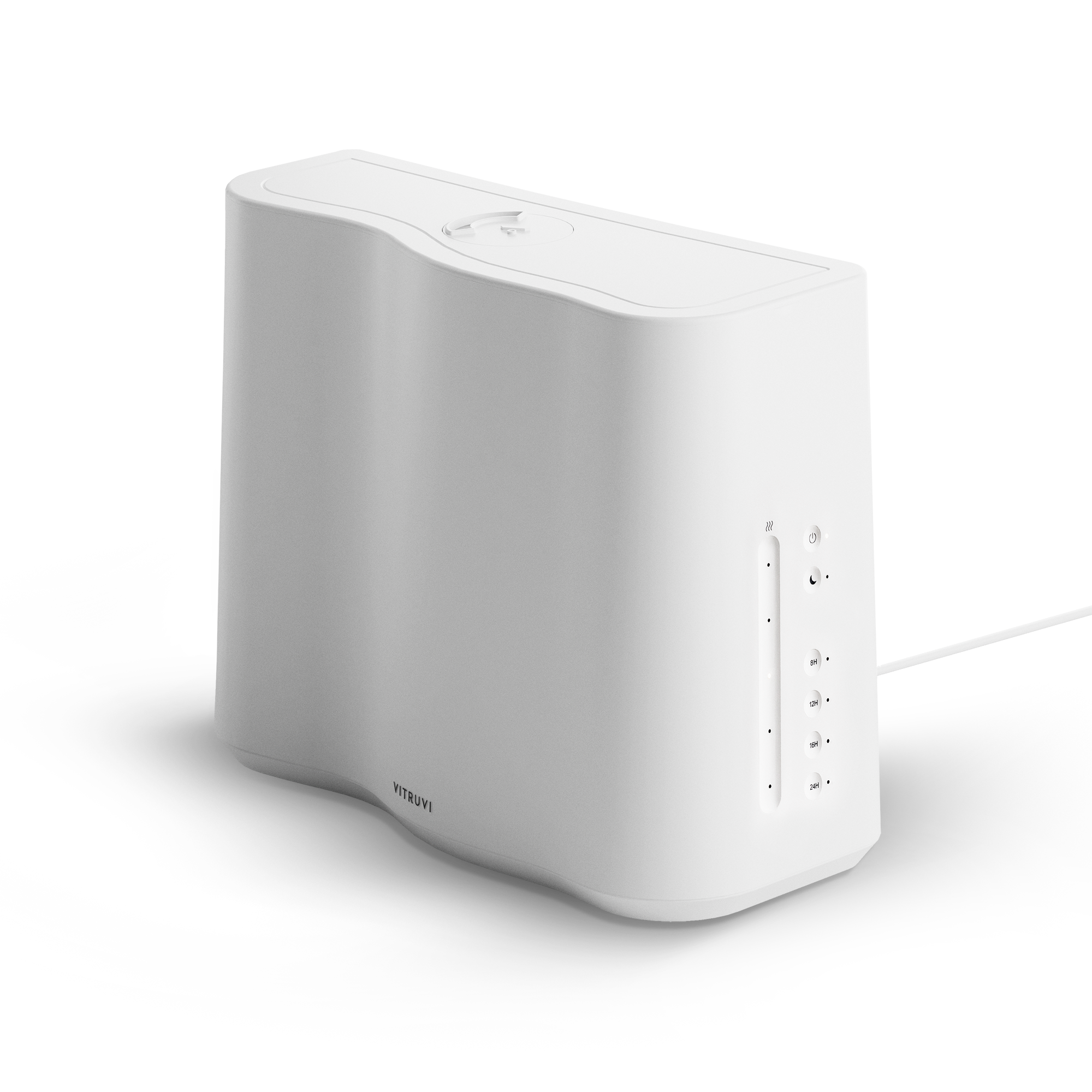For a beginner, wine tasting can feel daunting, pretentious, and complicated. But it doesn’t have to.
The easiest way to grow your palate and understand wine is to (responsibly) drink more and use what’s in your glass to further your learning. Let’s start with the basics: grab a glass of wine!
Wine tasting is an olfactory experience, so starting with a fresh palate is key. Try to avoid wearing strong perfumes or tainting your tongue with spicy foods and coffee.
To begin, think about working through the five S words:
- See. Take a look at the wine to assess if it is sparkling or still. Is it a red, white, or rose? These elements can help you identify the type of grape. For example: a still wine with a deep, inky, purple colour might indicate that the grape is a cabernet sauvignon.
- Swirl. It’s super fun and has a purpose: swirling your glass aerates the wine, enhancing the intensity of the scent.
- Sniff. This may sound strange, but pick a nostril. You have a dominant nostril; one side of your nose is going to pick out scents better than the other. Figure out which one that is for you, and use it to smell or “nose” your wine.
- Swish. Try to partition your wine into at least three sips, swishing to coat your mouth for the full effect. The first sip cleanses your palate. The second sip introduces mouthfeel like the weight of the wine, tannins (the grippy sensation on the tongue), and acidity (the drooling sensation at the front of the mouth). The third sip is when you truly start to taste the flavours.
- Savour. Swallow or spit, and let that tasty grape juice essence hang out in your mouth. Do the flavours linger, and do you like them? Now is the best time to start deciphering what the wine tastes like.
This is where most novices get stumped.
Angela Grant, sales representative for Meyer Family Vineyards in British Columbia’s celebrated Okanagan wine region, hosts hundreds of people throughout the tasting season and is no stranger to guests shying away from announcing what they are tasting. “People feel intimidated by wine,” she says. “Keep it more simple. Do you like the way it smells? Do you like the way it tastes? You don’t have to give fancy notes—get confident enough to say what you taste.”
Grapes have hundreds of naturally-occurring chemical compounds that mimic the flavours of things we know, like food, flowers, soils, and more. Our brains pick up on these flavours and translate them through our own personal experiences. Ultimately, what you think you taste is indeed there; however, someone else may experience those same flavours but describe them in an entirely different way.
“The flavours I pick out are ones that are going to be common in my life,” Grant explains. “Tasting is subjective.”
So how do you get better at identifying and describing what you find in your wine? Experience.
Build a sensory brain bank to reference as you sip. Smell and note the names of flowers, the contents of your spice rack, or do like Gary Vee from Wine Library TV and sniff your way through the produce section of the grocery store (while being pandemic-friendly, of course: only sniff what you buy). This will help anchor flavours from your daily routines, which you can use to create a mental checklist of flavour categories. If you think you smell lime but aren’t positive, you can broadly call it citrus. If you can’t decide whether you are tasting strawberry or cherry, simply say you recognize red fruit. Vague tasting notes can be fine-tuned over time.
Construct a checklist of the flavours that show up over and over again to help you pinpoint commonalities in popular wine varieties. For example: cabernet sauvignon is known for its bold flavours of pepper, blackberry, vanilla, and licorice. Merlot has notes of plum, cacao, and baking spices like clove. Pinot noir (when tended to correctly) can denote lively cherry, strawberry, and earthiness.
Note the flavours you stumble upon that you are not familiar with. Grant pushes herself to try new things, and so should you. “Some people in my class had expensive aroma kits and they would tell me they smelled elderflower on their wine,” she says. “Well, I’ve never had elderflowers—but aromas that aren’t common to me, I would seek them out to get them on my radar.”
And lastly, keep notes as you taste wine from different varieties and regions. As trends come up, compare them to what trusted and popular experts, such as Madeline Pucket at Wine Folly (a great resource for learning about vocabulary and varietals), have to say.
There is a whole world of wine out there, so grab a glass and taste your way through it.


